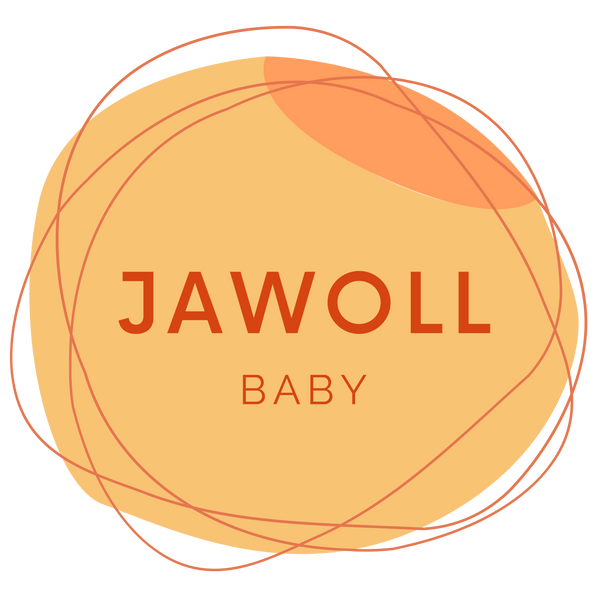Did you know that there are about 1 billion sheep in the world?
If you try to count them all, you'll really fall asleep.
According to Peta Germany, Australia is the largest exporter of wool with 73 million shorn sheep.
It produces a quarter of the world’s wool.
China and New Zealand are also major wool exporters.
Wool production is often associated with animal suffering. Shearing the sheep and mutilating the lambs through mulesing or cutting off their tails causes the animals great pain.
A short digression on mulesing:
The majority of Merino wool comes from sheep in Australia that were specially bred to produce as much wool as possible. They have a particularly large number of skin folds. Dirt collects in the skin folds, particularly around the sheep's anus, which attracts flies, which in turn lay their eggs there. Sounds disgusting? It's really bad for the animals! Mulesing is the cruel procedure of cutting a piece of skin about the size of a hand off the anus of lambs without anesthesia. The aim of this is to scab the skin over and prevent the sheep's anus from being attacked by fly larvae, but it causes a lot of suffering.
What can you do?
When buying new wool, look for the Mulesing-free symbol.
You can also ensure that woolen items you have already bought last as long as possible or, as with Jawoll Baby, are given a new life.
Let us work together for better animal welfare!
Furthermore, you can certainly imagine how much methane these one billion farmed sheep produce and thus drive global warming.
So things are actually looking bad for the wool, aren’t they?
This makes it all the more important to cleverly use wool clothing that has already been produced and to make broken items usable again, for example through upcycling.
My aim is to make a contribution to this with Jawoll Baby!

